For things to do in March 2025 please see click on Unknown Osaka. Restaurats, coffee shops, ramen, live gigs and a film festival.
March brings not just better weather, but also a refreshing change of pace to things in Osaka.
With the worst of winter behind us, and festive seasonal celebrations a fading memory, the events come thick and fast throughout this dynamic month. From sports, to cinema and of course a healthy dose of arts and culture, Osaka and it’s surrounding areas have plenty to offer travelers every March. Here’s Osaka.com’s top ten recommendations for things to see and do in and around the city in March.
Table of Contents
The Osaka Grand Sumo Tournament, The second and third week of March
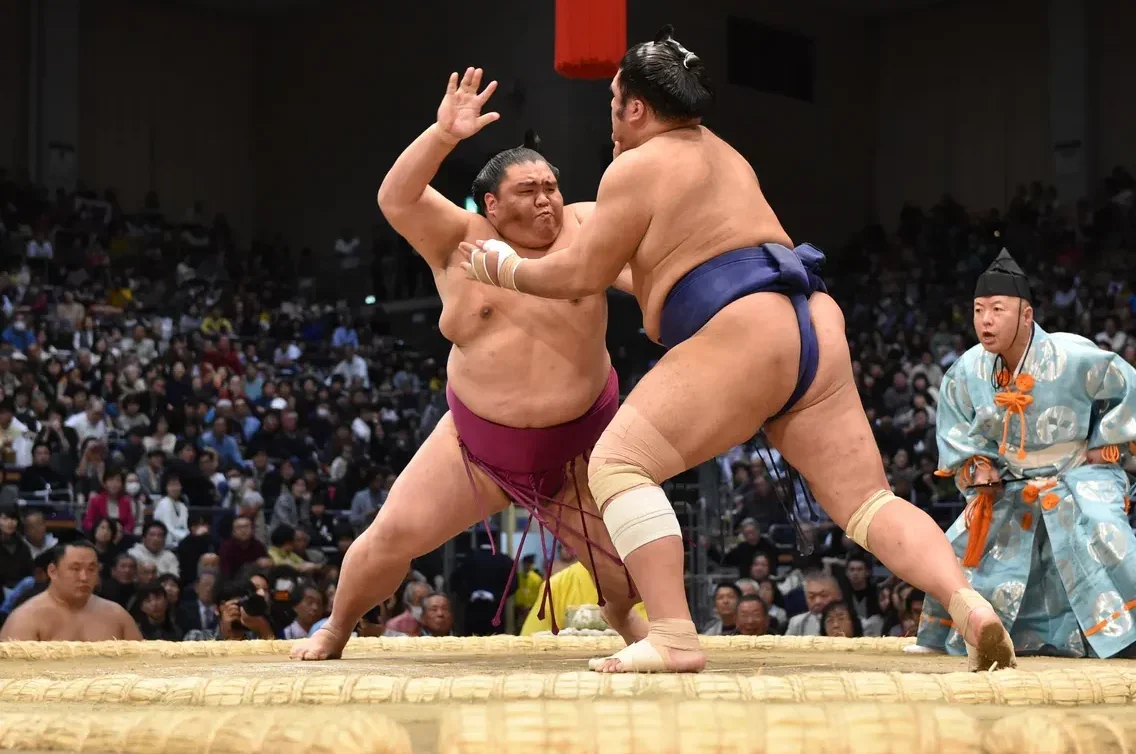
Sumo isn’t just one of Japan’s most spectacular spectator sports, it’s also a cultural institution. The first organized tournaments in Osaka date from the late 1600s. However, mention of Sumo as a spectator’s pastime can be found as early as the Kojiki Manuscript, which dates back to the year 712 AD. Another document from the same period, the Nihon Shoki, says that the first recorded Sumo match (between mortal men anyway), took place as far back as 23 BC.
Modern Sumo has been a permanent fixture in Osaka’s calendar since the Meiji Era, more than 130 years ago.
Just watching it on TV makes for, in my opinion, an enthralling spectacle. However, much like boxing, there really is no substitute for being there. Nothing beats seeing the blood, sweat and tears up close and in person as these titanic athletes grapple for supremacy.
You’ll need to be quick off the mark to secure your seats though. Tickets usually go on sale around 1 month before the event. Online booking is your best bet. Of course some outlets will sell tickets to tourists closer to the event, but you will pay a hefty premium.
About 10 days or so after tickets go on sale, the ranking of the wrestlers ahead of the tournament is formally announced. This is when, if you’re extra lucky, you’ll find out if anyone has the chance to gain promotion at the tournament. On rare occasions, you might even get to see a new Yokozuna (grand champion) crowned. Such champions are rare though, as the level of performance required not just to ascend in the ranks, but to maintain your present rank in Sumo, is extreme.
Of course, the prospect of seeing a new master crowned, or the championship decided, means that the final day of the event is the hardest to get tickets for.
Prices range wildly too, depending on how far away from the action you are content to sit.
The cheapest tickets start at around 4,000 yen. However, for the coveted ringside seats, you’re looking at close to 40,000 yen per person. Of course, not everyone is comfortable with ringside seating at the Osaka Grand Sumo Tournament. The prospect of a flailing 200 kg+ wrestler falling on top of you is very real!
Wherever you end up sitting though, the arena is structured in such a way that even those in the highest echelons of the seating can still enjoy a decent view of the action.
Whether your interest is sporting or cultural, the Osaka Grand Sumo Tournament is an event not to be missed.
The Osaka Asian Film Festival, First and Second Week of March

Japan has been at the forefront of Asian cinema ever since Akira Kurosawa first emerged onto the international scene in the 1950s. Osaka itself has served as the setting for a number of popular movies down the years.
The often off-beat nature of these movies makes Osaka a perfect venue for some of Asia’s non-mainstream films to gain international recognition. The Osaka Asian Film Festival aims to do for Asian Cinema what the Edinburgh International Festival does for European audiences. The festival first took place in 2004. Since then, movie makers from 19 different countries have taken part. These include relatively nearby nations such as Taiwan, China, Korea and Hong Kong. There’s also the smaller, more obscure markets, like Macao, Qatar and Bhutan.
In recent years, as the festival’s popularity has grown, so too has its reach. In recent times, films from as far afield as Greece, France and The Netherlands have had their World Premieres at the Osaka Asian Film Festival.
The exact time, location and line-up of the festival doesn’t typically go out until a month or two before the event. So, we advise film buffs to check listings regularly to see what’s coming out and when.
Kitano Odori, Late March until Early April
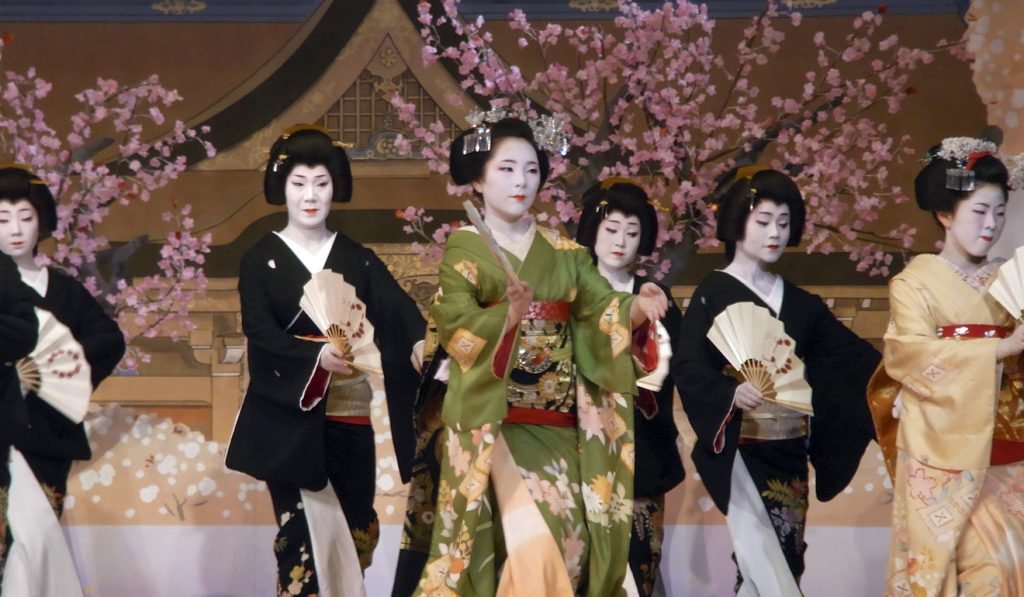
We take a short train ride over to Kyoto for this next bit of March merriment. The Kitano Odori is the first of a series of annual dance and theatrical performances from Kyoto’s Geiko and Maiko. These are the local, Kyoto words for Geisha and their apprentices. The performance dates back to 1952. Originally, it was organized as a one-off event to celebrate the anniversary of the founding of the nearby cultural landmark Kitano Tenmangu Shrine. Kitano Tenmangu Shrine is a Kyoto cultural asset that dates back to the 10th century. However, the event proved so popular, that it has taken place every year since. All the performers hail from the Kamishichiken District, one of Kyoto’s best known Geisha hotspots.
As one would expect, this is a popular event for both locals and tourists alike. To that end, advance booking is highly recommended. Tickets cost 6,000 yen. Performances take place daily at 2pm and 4.30pm. The venue is the Kamishichiken Kabukikai. Typically, you can make reservations from mid-January onwards.
Tickets are available online here up until one week before the event. If you’re the last minute type, then you can buy tickets directly from the Kabukikai box office at the venue. However, the event does sell out, so there is a certain degree of risk in doing so. Also, for an additional 1,000 yen per person, you have the added option of joining a tea ceremony with the Geisha one hour before the show begins.
The J-League Season Kicks Off, Early March
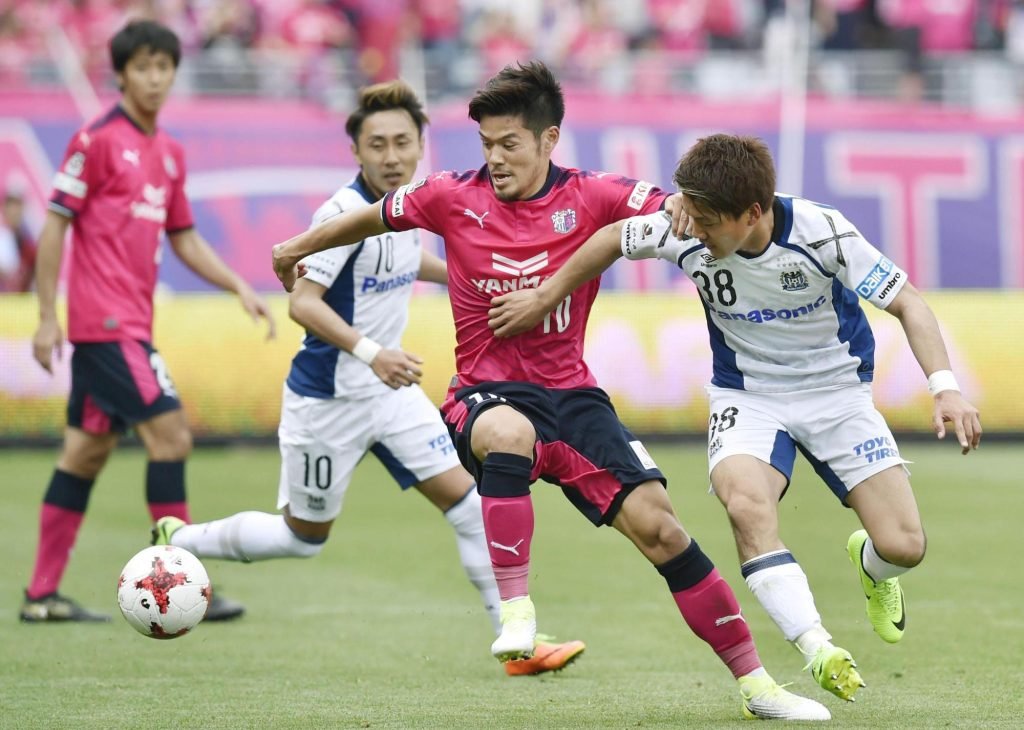
Unlike most of Europe’s soccer leagues, Japan’s J-League typically runs from March until the end of November. So, if you happen to be in Osaka in March, then why not take in a game or two. There’s no shortage of options for fans of the beautiful game. At the time of writing, J1, Japan’s top tier for domestic league soccer, has 4 teams from the Kansai region. Osaka is well-represented, with both Gamba Osaka and Cerezo Osaka drawing 5 figure crowds to every home game. About 45 minutes away by train is Noevir Stadium, the home of the 2023 J-1 League Champions, Vissel Kobe. In recent times, Kyoto has got in on the act too. Their local side, Kyoto Purple Sanga returned to the top flight a couple of years ago after a prolonged spell in the J-League’s second tier.
The fixture list for the following season usually comes out in mid-December, and you can check it at any time throughout the season on the official J-League website. Ticket prices vary from 3,000 to 10,000 yen for a typical league match. Also, the J-League has a standardized pricing policy. So, you’ll pay the same price for the same grade of seating regardless of which stadium you visit.
Hinamatsuri, March 2nd
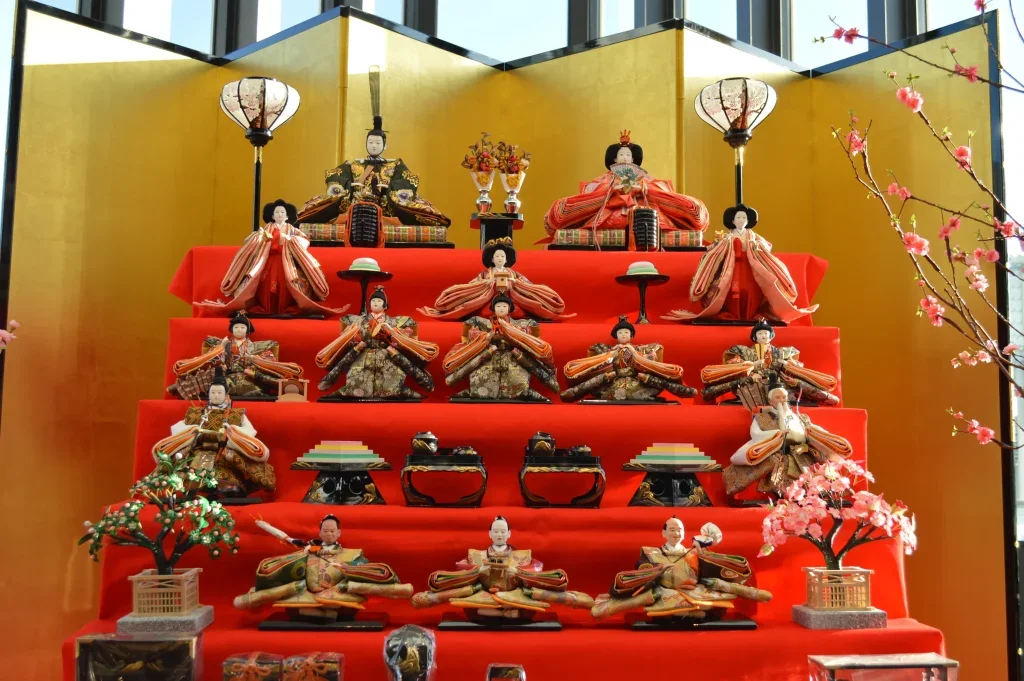
Hinamatsuri is a festival centered around girls, held on the 2nd of March every year, across Japan.
Osaka’s various shops, entertainment venues and places of worship get in on the act with impressive displays of “Hina” dolls on this day. A number of local events on the day of the festival also take place. These are typically announced closer to the time, about a month or so ahead of the big day. If you’re planning to be in Osaka on March 2nd, your hotel should have information on nearby events to commemorate this year’s Hinamatsuri.
Shitennoji Flea Market, Third week of March
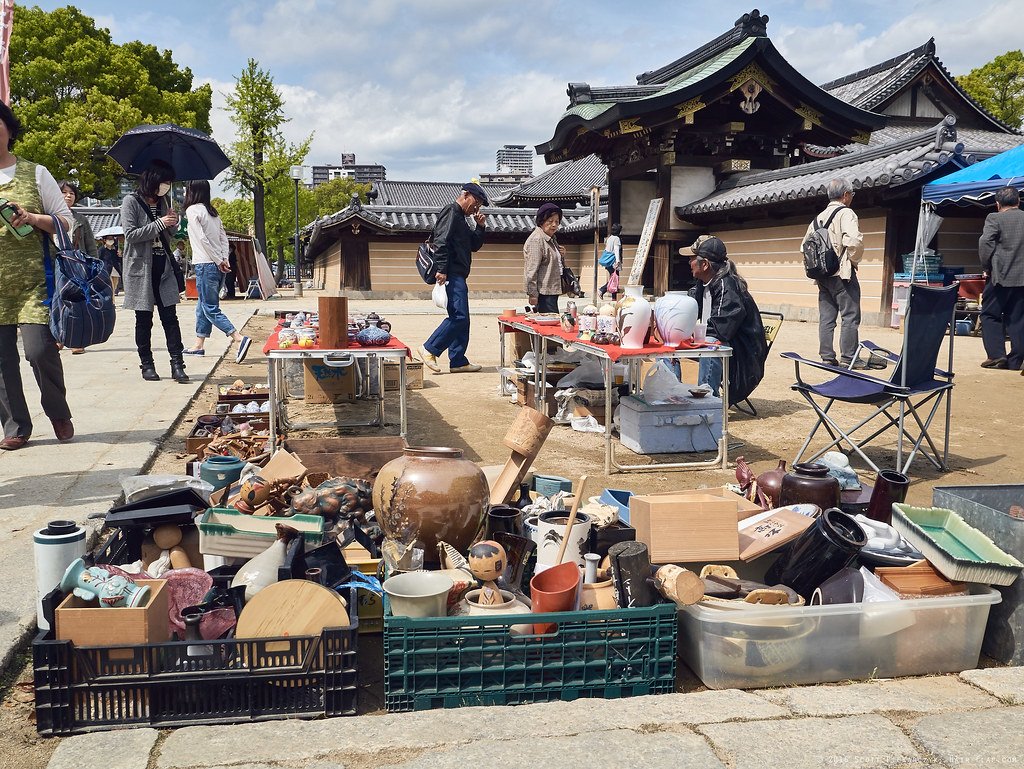
Of course, there’s never a bad time to bag a bargain. And where better to do so than at Osaka’s largest flea market?
On the 3rd week of March each year, the Shitennoji Flea Market, the largest of its kind in Osaka, take place. Admission is free, and the market is open from early morning until the evening. Visitors will find all manner of things available, at bargain prices. Local crafts, bespoke fashion items and colorful art pieces are the most eye-catching among a sea of impressive items. This all takes place with one of Japan’s oldest temples, dating back more than 1500 years, as its backdrop. Be prepared for crowds though. Over the course of the most recent market, 250,000 or so visitors descended on the temple grounds.
Entry to the market is free.
Omizutori at Todai-ji Temple, March 12th
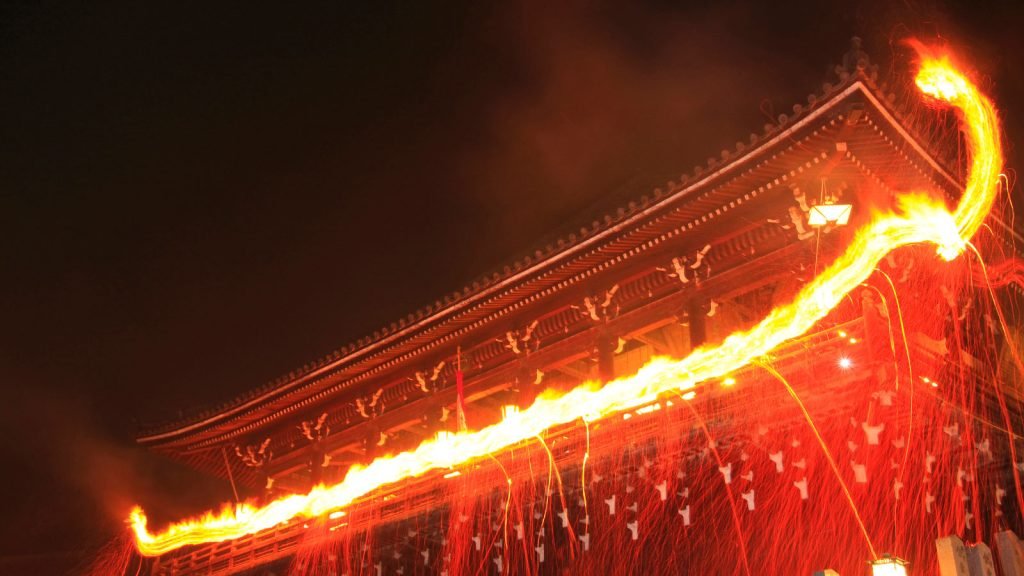
For this next event, we’ll take a slight diversion. Nara’s Todai-ji Temple is about 1 hour or so from central Osaka. Throughout early march, the temple plays host to the Shuni-e festival, a two week long, annual event.
The fortnight long series of rituals culminates on the evening of March 12th with Omizutori. This water-drawing ritual dates back as early as 752 AD. The purpose of this ceremony is to cleanse all attendees of their sins, ahead of the dawn of a new spring. One could say, in essence, that Omizutori is a form of spiritual spring cleaning. Whether you believe in the power of such things or not, it makes for impressive spectacle, and definitely something worth checking out if you’re in the area on March 12th.
Baseball Season Gets Underway, Late March
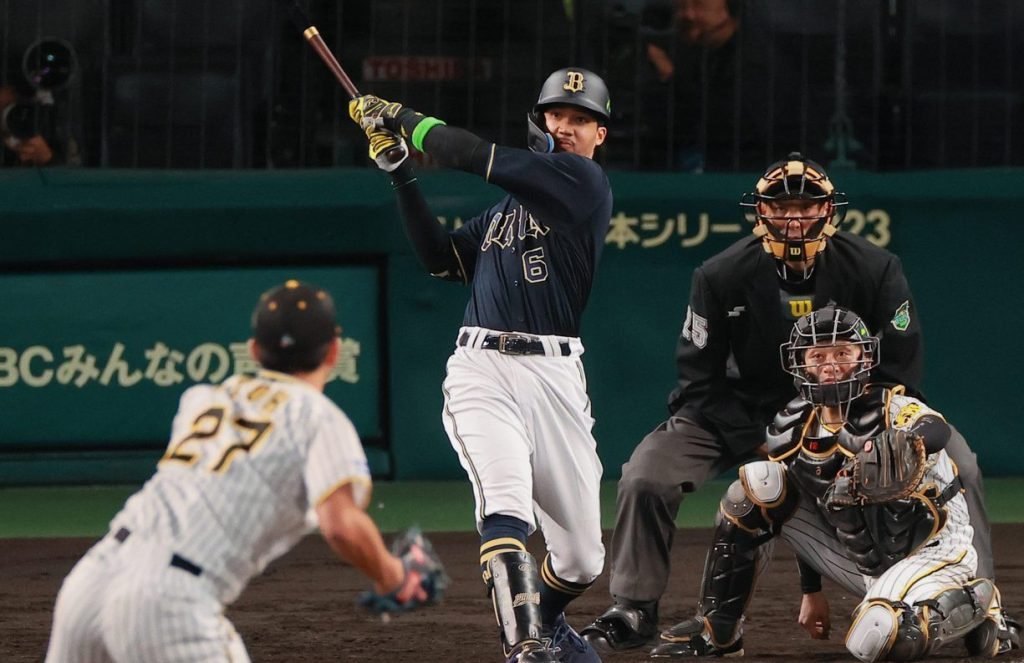
It’s a good time to be a baseball fan in Osaka these days. In 2023, the Orix Buffaloes, who play out of Nishi Ward’s Osaka Dome, and the Hanshin Tigers, who play at Koshien on the outskirts of Osaka City, won their respective league championships. This culminated in Hanshin winning the grand championship, the Japan Series, for the first time since 1985.
Pre-season games run from late February to early match, with the league season proper beginning on the last weekend of March. Unlike soccer, baseball games come thick and fast, with teams often playing several fixtures in a single week. So, if you’re a seasoned supporter, or someone itching to take in their first “ball game”, then Osaka is the place to be in March.
Baseball is also significantly cheaper for casual supporters than soccer or sumo.
Tickets start from as little as 1,000 yen. However, field level seats, regarded by die-hard fans as the best in the house, will set you back up to 15,000 yen per person.
Kiyomizu Spring Illuminations, Late March (Exact Date TBC)
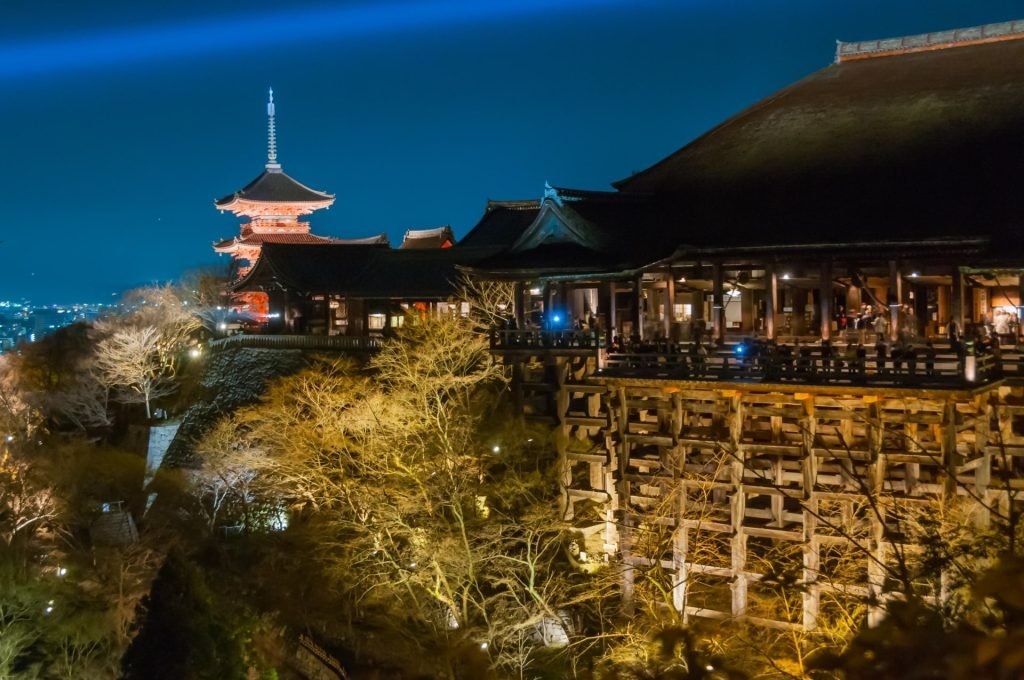
We head back over to Kyoto for this next spectacle. The world-famous Kiyomizu Temple has a one-night event, usually towards the end of March each year, to commemorate the end of winter. From 6pm, the main temple grounds, the pagoda and the adjoining Jojuin Garden are all lit up in spectacular fashion.
Also, unlike many of the events mentioned thus far, this event doesn’t require much in terms of prior preparation or ticketing. You can just walk up on the day and pay the normal temple admittance fee of 400 yen. However, as it’s a special occasion, expect the venue to be busier than usual. Visitors to Kiyomizu can also enjoy the stunning panoramic views over the city and surrounding areas that only this temple can offer. It’s well worth your time. Be sure to check local listings nearer the time to see when exactly the next illuminations event takes place.
White Day, March 14th
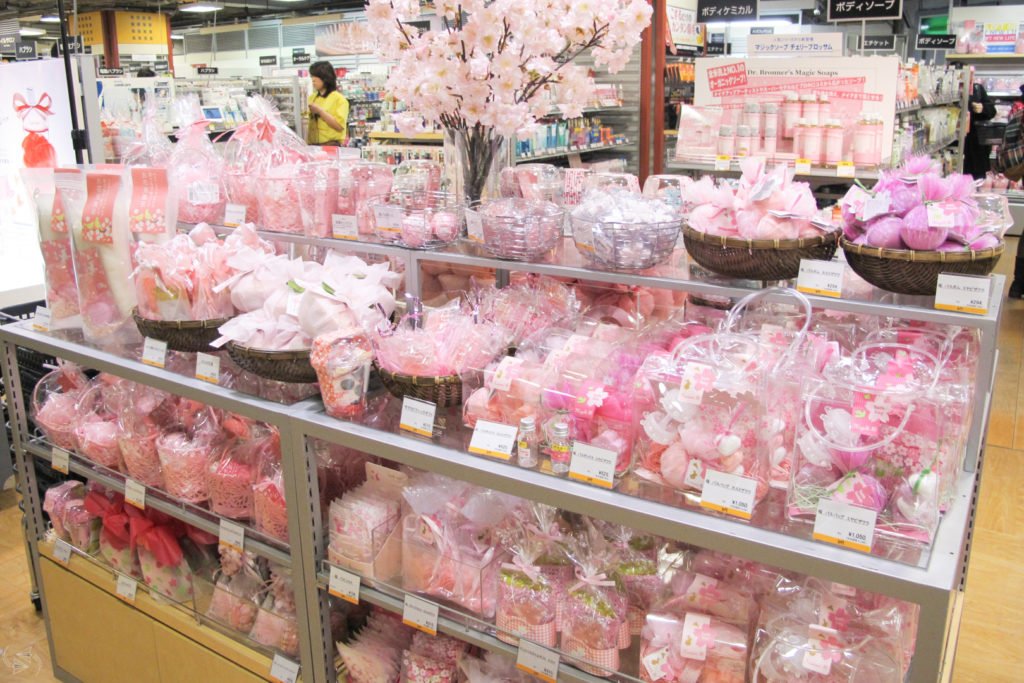
As we mentioned in our February events round up, Valentine’s Day is a big deal in Japan. However, it’s somewhat different from how things work in most other countries. On Valentine’s Day in Japan, the onus is on the ladies to buy chocolate or other romantic gifts for their partners. White Day, exactly one month later on March 14th, is the direct mirror image of this. In other words, White Day is when the men have to return the compliment. So, as was the case back in February, plenty of department stores, specialty confectionary stores and other shops across Osaka get in on the act. Unlike Valentine’s Day, which is said to have originated from a Roman festival of spring fertility, White Day has a far more recent, some would say more cynical, genesis.
Originally it was the brainchild of a Japanese marshmallow company, in the 1960s. The white in White Day comes from the color of said marshmallows. Over the years, other forms of gifts such as flowers and other sweets were coopted into the event.
It’s certainly not as big a deal as Valentine’s Day. However, especially among young people in Japan, White Day continues to grow in importance with each passing year.
A Note About March Holiday Season
Something to bear in mind when booking accommodation in Osaka during March is the school holidays. Elementary, Junior and Senior High schools typically close for spring vacation from the 2nd or 3rd week in March until early April. As is the case in many other countries, accommodation prices spike when kids are off school. So, if possible, I would recommend trying to visit during the first two weeks of March, before the school holidays begin.
Whatever your plan though, there’s no shortage of fun to be had in and around Osaka every March. Hopefully, today we’ve given you plenty of food for thought.





















